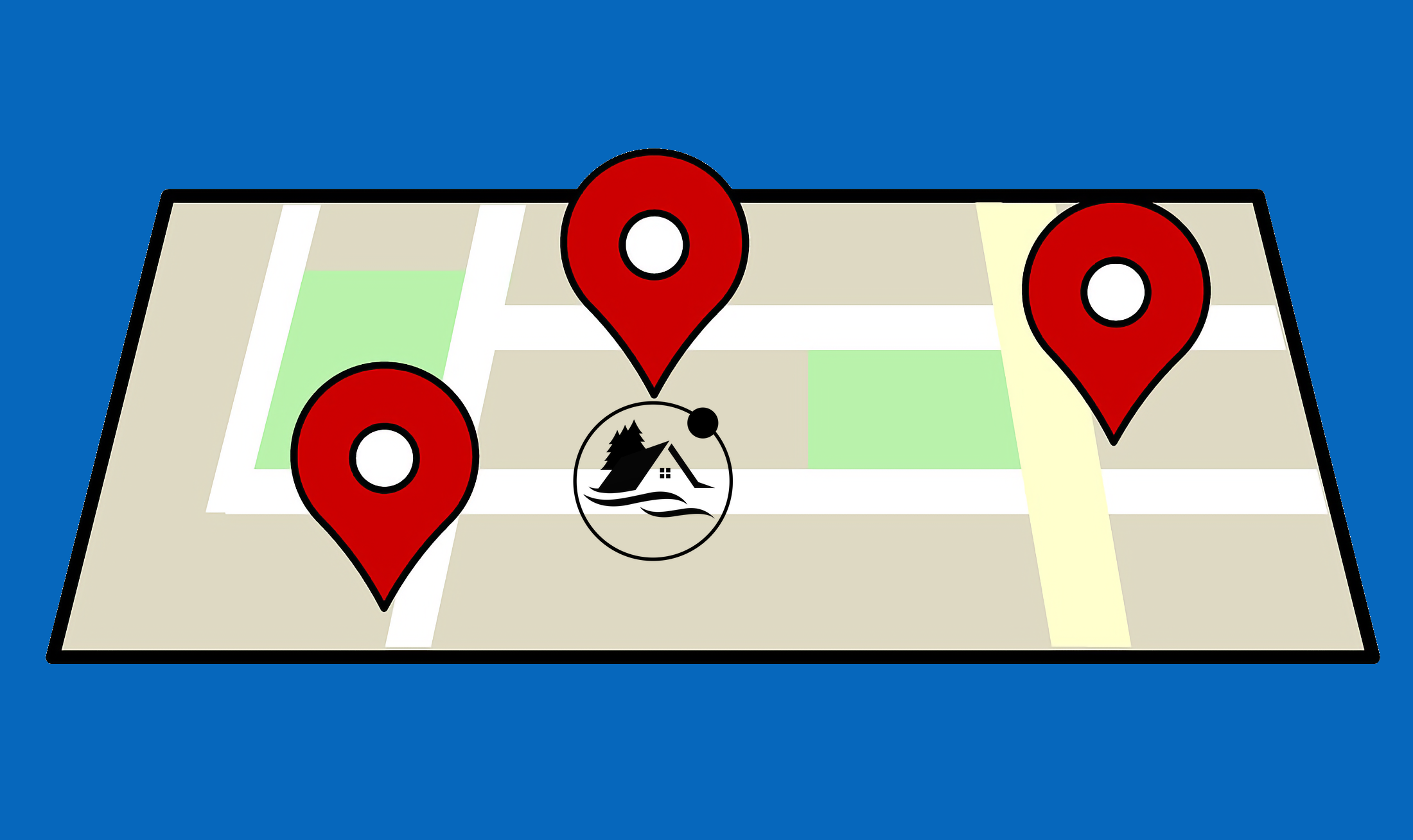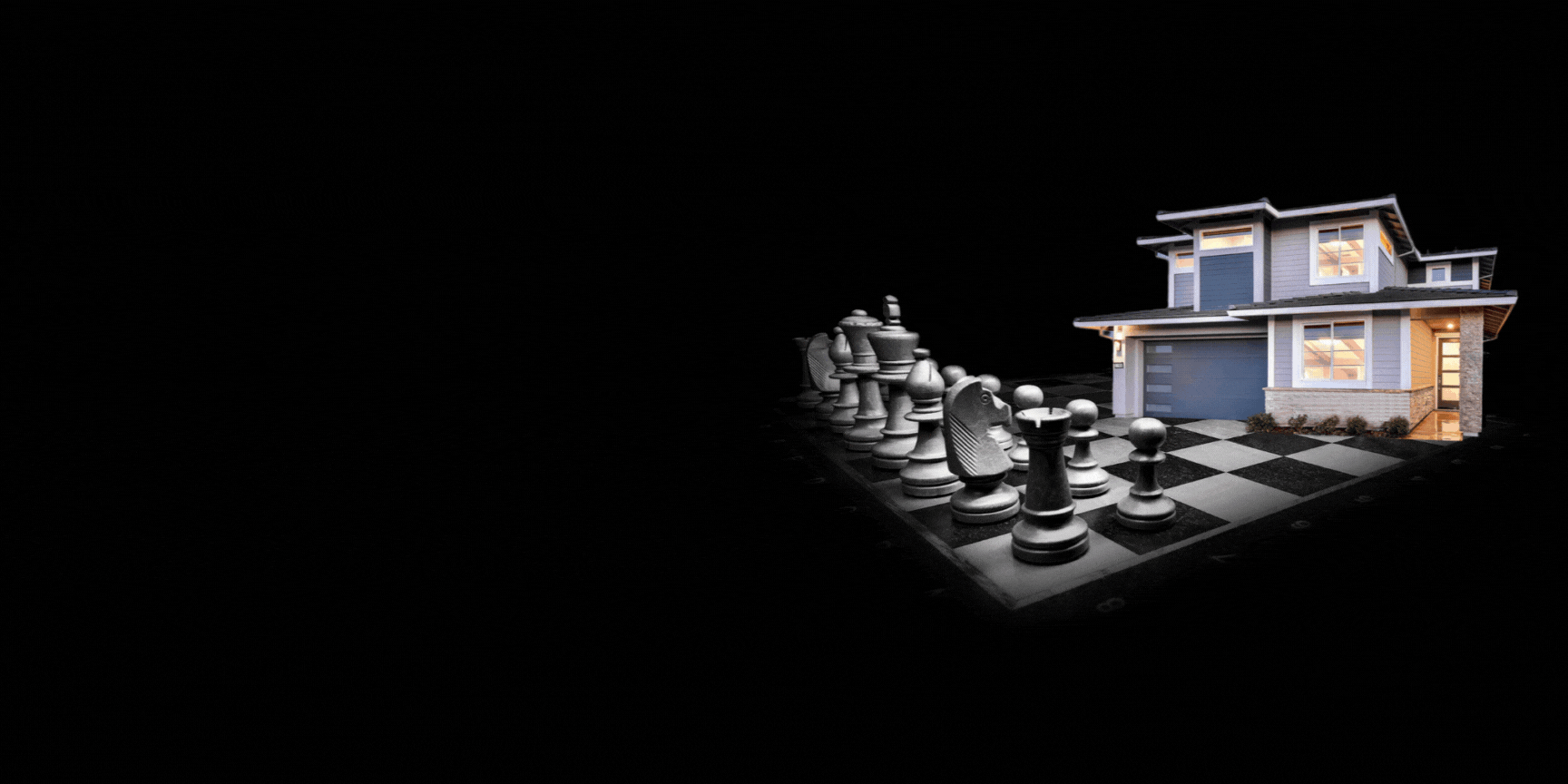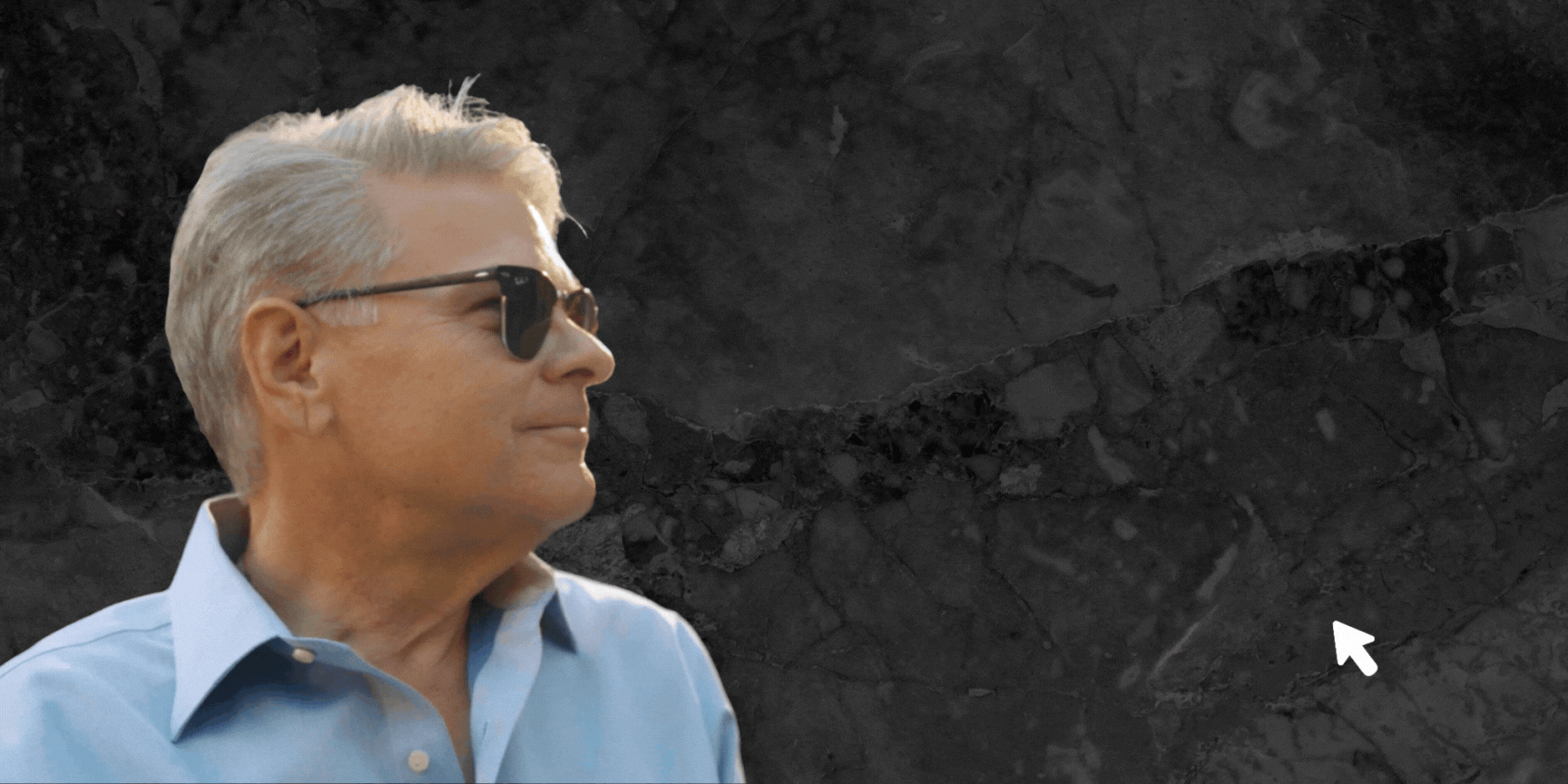When I talk to homeowners in Silicon Valley or anywhere in the Bay Area about what drives home value, the first thing I emphasize is location. We’ve all heard that tired mantra: “location, location, location.” But what does that actually mean in today’s real estate market? And more importantly, is there a way to quantify the impact of location differences on property values? That’s where the concept of “location decay” comes into play.
Location decay is my shorthand for the way home values decrease the further you move away from the most desirable spot in a given area. Think of it like ripples in a pond. The closer your home is to the center of demand—whether that’s a vibrant downtown, a top-rated school district, or a coastal bluff with sweeping ocean views—the more value it tends to command. Move out a few blocks or even a few streets, and that value begins to erode, sometimes precipitously.
Let’s break this down with some real-world context. Say we’re in Palo Alto, and we’re comparing two homes: one within walking distance of University Avenue (with its shops, restaurants, Caltrain, and Stanford University), and one that’s a 15-minute drive away in a neighborhood that still has a Palo Alto zip code, but not the same walkability. The difference in sale price between those homes might be 15-25%, and that’s if the homes are otherwise similar. That’s location decay at work.
In a town like Santa Cruz, you will see it clearly with proximity to the beach. Oceanfront homes along West Cliff Drive or perhaps in Opal Cliffs or Pleasure Point can command premiums that are 50% or more above similar homes just a few blocks inland. In fact, moving just three blocks away from the ocean can reduce value by hundreds of thousands of dollars. Proximity to the sand and surf doesn’t just add to lifestyle, it adds real dollar value.
In the broader Bay Area, one of the biggest drivers of location value is school districts. Homes in districts like Los Gatos-Saratoga Joint Union or Cupertino Union consistently sell for 20–40% more than similar homes just outside those lines. And what’s fascinating is how sharp that boundary can be. You can have two homes on opposite sides of a street—one in a high-ranked school zone, the other not—and see a six-figure difference in value.
So, is there a rule of thumb for location decay? Not exactly a universal one. But based on what I’ve seen, there are patterns:
1. Walkability Premium
In urban and semi-urban areas like Mountain View, downtown San Jose, or even parts of Sunnyvale, homes with a Walk Score above 80 can sell for 10–30% more than similar homes with a Walk Score below 50. If you can walk to a coffee shop, a park, or a commuter train station, you’re in a high-demand micro-market.
2. School District Boundaries
As I mentioned, crossing into a top-rated school district can instantly add 20% or more to a home’s value. In Cupertino, for example, the difference between a home in the Cupertino Union School District and one just outside it—even if they’re architecturally identical—can be staggering.
3. Proximity to Major Employers
In Silicon Valley, homes near Apple, Google, Meta, or LinkedIn campuses tend to sell for a premium. A general rule I use is that homes within a 15-minute drive of major tech campuses tend to sell for 5–10% more than those that are 30+ minutes away—especially in traffic-heavy corridors like 101 or 280.
4. Beach and Natural Amenity Access
In coastal communities, the drop-off can be more dramatic. Every quarter mile from the beach can shave 5–10% off the value, depending on view, accessibility, and whether you’re walking uphill to get home. A beach-district cottage in Santa Cruz might be worth $2.5M, while an almost identical home half a mile inland goes for $1.8M. That’s not a fluke—it’s location decay.
5. Car Dependency Factor
Now, here’s where it gets nuanced. If we’re comparing two car-dependent neighborhoods, then walkability doesn’t matter as much—but it still matters. In these areas, other forms of location value take center stage: school quality, street appeal, community amenities, and commute times. That said, even in car-centric suburbs, being close to a well-rated school or a newer shopping center still adds value.
Interestingly, the location decay curve is steeper in more walkable or amenity-rich areas. In other words, the value drops off faster the further you get from the center. In car-dependent suburbs, the drop-off is more gradual—because everyone drives anyway, so being five minutes further out doesn’t feel quite as impactful.
Let me give you a Silicon Valley example. In Los Altos, homes within walking distance of downtown—especially near Main and State Streets—can sell for $4M+. Go a mile away, still in Los Altos, and the price might be $3.2M for a similarly sized home. That’s a 20% drop-off for a mile of distance. But in a more car-centric part of San Jose, like Almaden Valley, a mile’s difference might only affect pricing by 5–10%.
This is why when I price homes, I don’t just pull comps based on zip code or square footage. I dig deep into micro-location: What’s the Walk Score? What schools is it zoned for? How far is it from the nearest freeway entrance or Google shuttle stop? How long does it take to grab a burrito or get a latte? It all matters, but knowing just how much it matters requires someone with an intimate feel for the shifting premiums buyers will place on any given location over time.
If you’re a seller, understanding location decay can help you price your home more accurately—and more competitively. You don’t want to base your expectations on the highest sale in your zip code if that property had superior location advantages you can’t match.
If you’re a buyer, it’s about recognizing the tradeoffs. That $200K premium for the home closer to downtown or the beach might feel painful—but it could pay off in resale value and daily convenience.
Adjusting Comparables to Reflect Location Decay
Most appraisers (and REALTOR®s) use the sales comparison approach to estimate fair market value for homes. The way this works is that the appraiser (or REALTOR®, or the homeowner – whoever) will select the best group of comparable properties and then make adjustments to each of the comparable properties and come up with an “adjusted value” for each of those comparable properties.
Some adjustments are easy to make – for example, if two homes are virtually identical but the “subject property” is 300 square feet bigger, then you would make a positive adjustment to the comparable property because the comp is inferior – it’s 300sf smaller. In other words, if any particular attribute on the comparable property is worse than the subject, you make a positive adjustment. If the comp is better than the subject property in some way, you make a negative adjustment. That seems a little backwards, but it makes sense once you think about it.
For the example of a 300sf smaller comp, we make a positive adjustment because we’re saying that if the comp was 300sf bigger, it would be worth $X more than it sold for. In the case of a suburban property that’s closer to or further from some amenity – like a cool & fun walkable shopping district like Willow Glen or Downtown Los Gatos – you would make an adjustment based location. If a comparable is closer to the amenity, that is better – so the adjustment is negative. If the comparable is further from the amenity, the adjustment is positive – because if the comparable were closer, the location would be worth more.
Now, check out this table below. In this example, I’m giving a 1.5% adjustment for each block that the comparable is closer to or farther from some valuable amenity, relative to the subject property (the subject property is the one that is being valued or appraised). You can see with the first example that I’m saying that 200 Modesto Ave is worth $30K more because it is 1 block closer to the amenity – so if it had been 1 block further away, it would have sold for $1,970,000 instead of the $2 million it actually sold for. And 2070 Minglewood was 2 blocks closer, so had it been 2 blocks further away, it would have sold only for $1,988,500 instead of the $2,050,000 it actually sold for. But if you look at 398 McGiven Ave, for example, it is -6 blocks closer – that is, 6 blocks further away, meaning its location is inferior. Therefore, it enjoys a $166,500 positive adjustment – because if it had been six blocks closer, it would have sold for $2,016,500 instead of the $1,850,000 it actually sold for.

Now check out this next group of comparable properties. These comps are rural – so they are not blocks away from anything, because really there are no blocks for these properties. So instead, we’re using “minutes closer” instead of “blocks closer.” In this case, I’m using minutes closer to a particular freeway entrance / exit. As you will see below, the first comp, 701 Friendly Acres Road, is 1 minute closer to the freeway than the subject property, so I’m saying that it is 1% more valuable than the subject for this reason. That’s because for this group of comparables, I’m saying that for every 1 minute further you need to drive to get to the freeway, the value drops by 1%. 701 Friendly Acres sold for $1.4M, but if it had been 1 minute further from the freeway (like the subject property), it would have sold for less, only $1,386,000..

Of course, location is just one of the many factors that drive value – however, it is by far the most important factor in real estate valuation. You cannot know everything you need to now about one home’s value based on the location alone. But miscalculating the impact of the location is one of the biggest mistakes made when estimating the market value of any property. This is why an appraiser will do everything they can find comparables that are as close to the subject property geographically as possible, to mitigate the risk of miscalculating the location factor.
Location Decay for Negative Factors
I feel I would be remiss if I didn’t also address negative location factors, such as proximity to noisy and busy roads, airport flight paths, high tension power lines, sewage treatment plants, and the like. All of these negative factors fall under the category of economic obsolescence, which should be a separate adjustment when evaluating comparable properties relative to the subject. Greater proximity to these any of these or other forms of economic obsolescence will definitely impact the subject property’s value in a negative way, but distance from these factors usually does not have any impact on value whatsoever, so long as they are essentially out of sight and out of earshot.
In other words, a home is not going to receive any kind of “location bonus” for being 1 mile away from a high tension power line, but would suffer a penalty due to economic obsolescence, rather than location, if the high tension power line is running in front of or behind the house within 1-2 blocks.
Conclusion
Bottom line: location decay is real, and it’s measurable (although the exact measurement to take is definitely more art rather than science). The further you move away from value-driving amenities, the more value tends to fade. But the good news? There’s always someone who wants that next ring out—maybe for more yard space, less traffic, or better affordability. Understanding how location impacts value gives you leverage, whether you’re buying, selling, or investing.
And if you’re curious about how your property stacks up—or you’re eyeing a neighborhood and wondering what your dollar buys there—I’d be happy to give you a hyper-local breakdown. Because when it comes to pricing real estate in the Bay Area or along the coast, understanding location decay is one of the most powerful tools we’ve got.
Prime Single Family Homes for Sale in Silicon Valley
2
3
4
5
6
7
8
9
10
11
12
13
14
15
16
17
18
19
20
21
22
23
24
25





